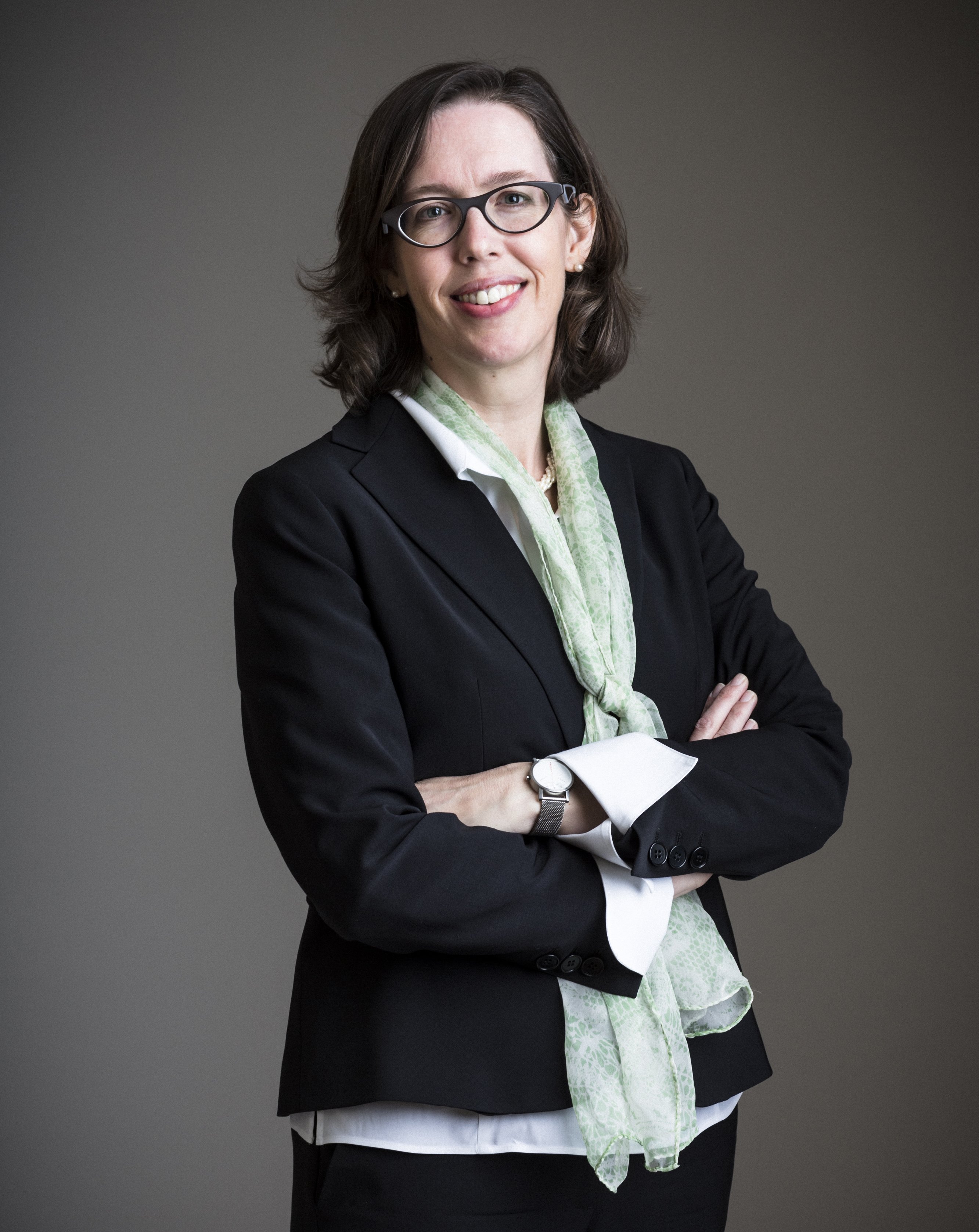
Denise Costanzo
In the aftermath of World War II, modern architects had few reasons to come to Rome, and even fewer to reside at its national academies. Originally guarantors of artistic success, academies stood for everything the modernist discipline opposed: the classical tradition, cultural elitism, and a fixed geography of global authority. Despite this, postwar architects continued to live and study at Rome’s academies, while these conservative institutions struggled to adjust to a radically altered age. This study examines how the French, Spanish, and American Academies and the British School brought architects to Rome from 1946 to 1960, and explores what this practice meant for them, for architecture, and for Italy. Its cross-institutional analysis examines what a postwar Rome Prize in architecture meant, and how these four academies’ distinct adaptations to modernity ensured architectural pilgrimage to Rome persisted as a modern practice, and challenged the limits of what an “academy” could be.